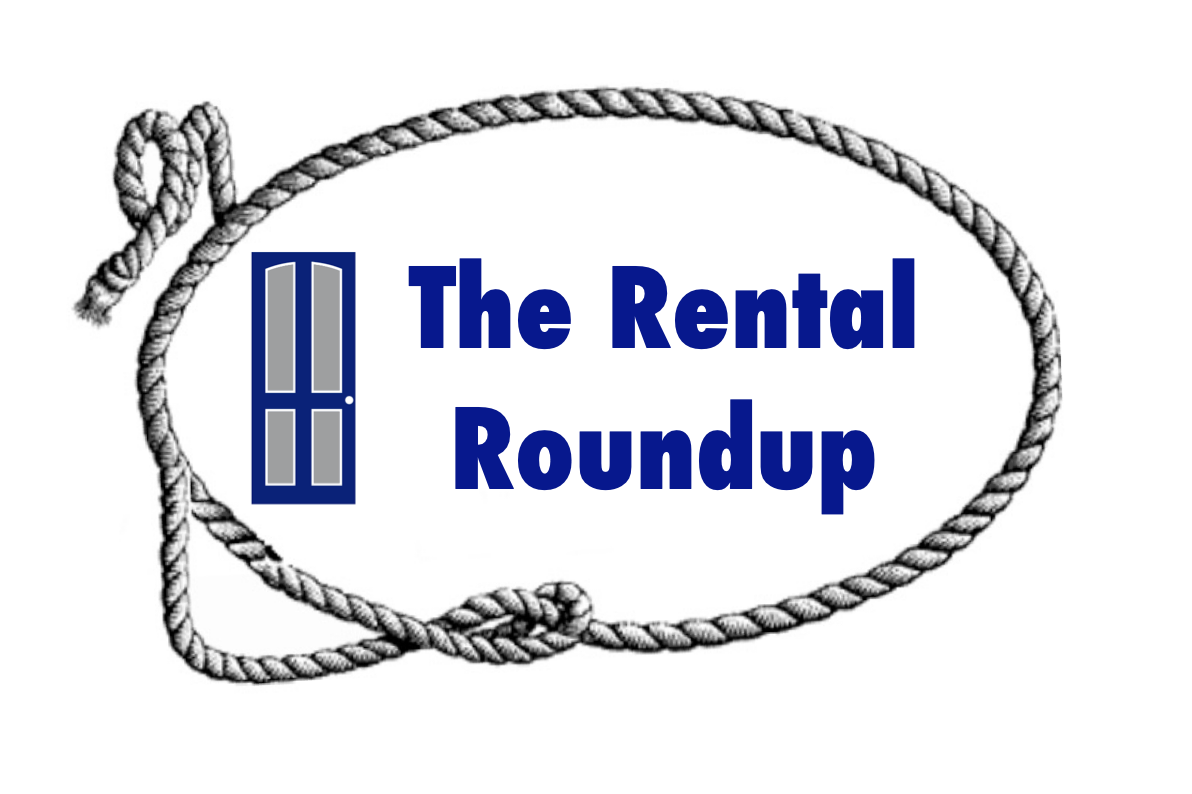Home price myth-busting, a lock-in thaw, and homebuilder headwinds
Busting Myths in Real Estate Investing
Greetings, investors!
Fall is upon us, home inventory is rising, mortgage rates are falling (with Fed rate cuts likely on the horizon), and with that rental investors are starting to eye new opportunities in the market.
Many of those investors will tell themselves they can predict which homes, neighborhoods, and markets will appreciate faster than others, and base their entire strategy on this belief.
But those investors are fooling themselves. They CAN’T predict this — and neither can I, you, or anyone else.
In my most recent long-form article, I tackled two of the most common beliefs about future home prices, and proved them both to be completely false. This one was a big data project, in which I taught myself to use Datawrapper to create visualizations like this one:
Pretty cool, right? (Data nerds, unite!!)
I think you’ll find this article utterly surprising and illuminating, because it debunks common real estate beliefs that (more likely than not) you personally hold without ever questioning them.
Still think you can predict future home prices? Let me prove you wrong…
Real Estate News & Data
Is the “locked in” housing market about to thaw?
By now, we’re likely all familiar with the “lock-in effect” — the idea that many homeowners and investors have lower mortgage rates than they could get on a new mortgage, which makes them less likely to plan a move or otherwise list their home for sale. (There is also a long-term trend away from moving — in fact, Americans are moving at half the rate they used to.)
Mortgage rates have recently hit 10-month lows, but despite that, homeowners are still pretty locked in to their lower mortgage rates, at least historically speaking:
But there are signs that this is starting to shift. Not EVERYONE has been locked in the past three years, which means that the average rate on existing mortgages has been slowly creeping upward. Plus, with mortgage rates falling and the Fed likely planning rate cuts, the prospect for mortgage rates to fall further down toward existing rates is a real possibility.
There’s also an expectations shift — we can get used to almost anything, and it seems we’re starting to get used to persistently higher interest rates. An increasing pool of homeowners are saying they’d be willing to accept higher mortgage rates on their next purchase:
This could all add up to an “iced market” that is about to head into a springtime thaw.
A change to capital gains taxes?
President Trump recently floated eliminating capital gains tax on primary home sales.
This would be a potential boon to long-time homeowners who have built significant equity in their properties. The existing capital gains exemptions on primary home sales ($250,000 for singles, $500,000 for couples) were established in 1997 and have not been adjusted since. If action is taken, many think it’s more likely that the exemption levels will be raised, rather than eliminated altogether.
I think this is reasonable policy (certainly by Trump administration standards.) The exemption exists because we believe homeowners shouldn’t be taxed like investors; and after 30 years without any change, it makes sense to revisit those thresholds.
The Latest in My Portfolio
I’ve updated my portfolio tracking figures through the end of July (with August to be updated soon). Still trying to claw my way back after a tough start to the year…
And now this!
This month’s Roundup is sponsored by Obie.
Obie is a leading online provider of landlord insurance to real estate investors. I’m a fan of Obie because they have the fastest policy quote and binding technology, reducing the need for tedious forms and extended wait times. Their online quote process is incredibly fast and seamless, and lets you tailor your insurance coverage to what you need.
Learn more about Obie here, or get an instant quote.
Well, That’s Interesting…
Homebuilders facing headwinds
Historically, new homes cost more than existing homes. Not surprising — everyone likes that new home smell.
But at the moment, the script has been flipped: newly built homes now cost LESS than existing homes:
Why is this happening? Could be a lot of reasons:
Inventory & Discounts: at the current rate of sale, there are 9 months of unsold inventory of new homes, vs. 4.5 months for existing homes. This is leading to more discounting from homebuilders.
Lock-In Effect: as discussed earlier, this is causing fewer existing homes to come to market than normal, which has the effect of supporting price levels on existing homes.
Lower Overall Demand: due to higher interest rates cutting buyer power, and perhaps other factors, overall demand for homes is near 3-decade lows.
Bottom line: it’s a good time to be in the market to buy a new home. In all likelihood, this will be a one-time anomaly, and the price gap between new and existing homes will re-establish itself.
Eric’s Picks
Article: Katie Gassin on wealth, class, and airport lounges.
Podcast: Dave Meyer of BiggerPockets discusses what rising inventory of homes for sale means for investors.
Video: Chad Carson discusses the return of 100% bonus depreciation, which was part of the so-called Big, Beautiful Bill. This isn’t a strategy that should apply to most long-term investors, but it can be valuable in specific situations.
Podcast: an optimistic discussion on Katie Gassin’s show (yup, her again!) about how other countries have successfully tackled tough economic problems like housing affordability.
Resource: helpful list of 10 great books for beginner real estate investors.
More interesting stuff:
Most places in the US have seen big overall home price gains since 2020. But not all — check out this great interactive map from ResiPro.
American’s don’t agree on much, but they agree Hawaii is awesome.
AOL will discontinue its dial-up internet service, which began in 1991. (Yes, it still existed until now.)
About the Author
Hi, I’m Eric! I used cash-flowing rental properties to leave my corporate career at age 39. I started Rental Income Advisors in 2020 to help other people achieve their own goals through real estate investing.
My blog focuses on learning & education for new investors, and I make numerous tools & resources available for free, including my industry-leading Rental Property Analyzer.
I also now serve as a coach to dozens of private clients starting their own journeys investing in rental properties, and have helped my clients buy millions of dollars (and counting) in real estate. To chat with me about coaching, schedule a free initial consultation.
Free Rental Property Analyzer
You probably know that a well-designed rental property calculator is the most important tool a real estate investor has. It allows you to quickly calculate key metrics and understand your cash returns on a target property. You can also answer questions like:
How much do your cash-on-cash returns improve if you use a mortgage vs. paying in cash?
What will your average monthly cash flow be?
How will your returns change in future years?
Those questions can be easily answered with side-by-side comparisons in the RIA Property Analyzer. I guarantee this is the best free rental property calculator out there today, and many of my readers have told me the same. It’s both powerful and very simple and intuitive to use. Check it out!

































